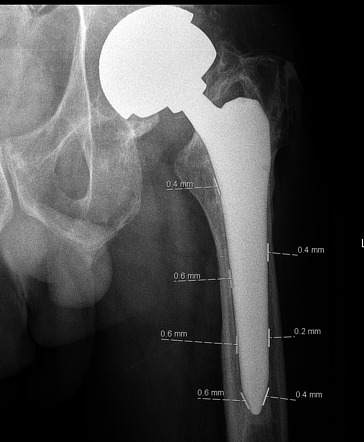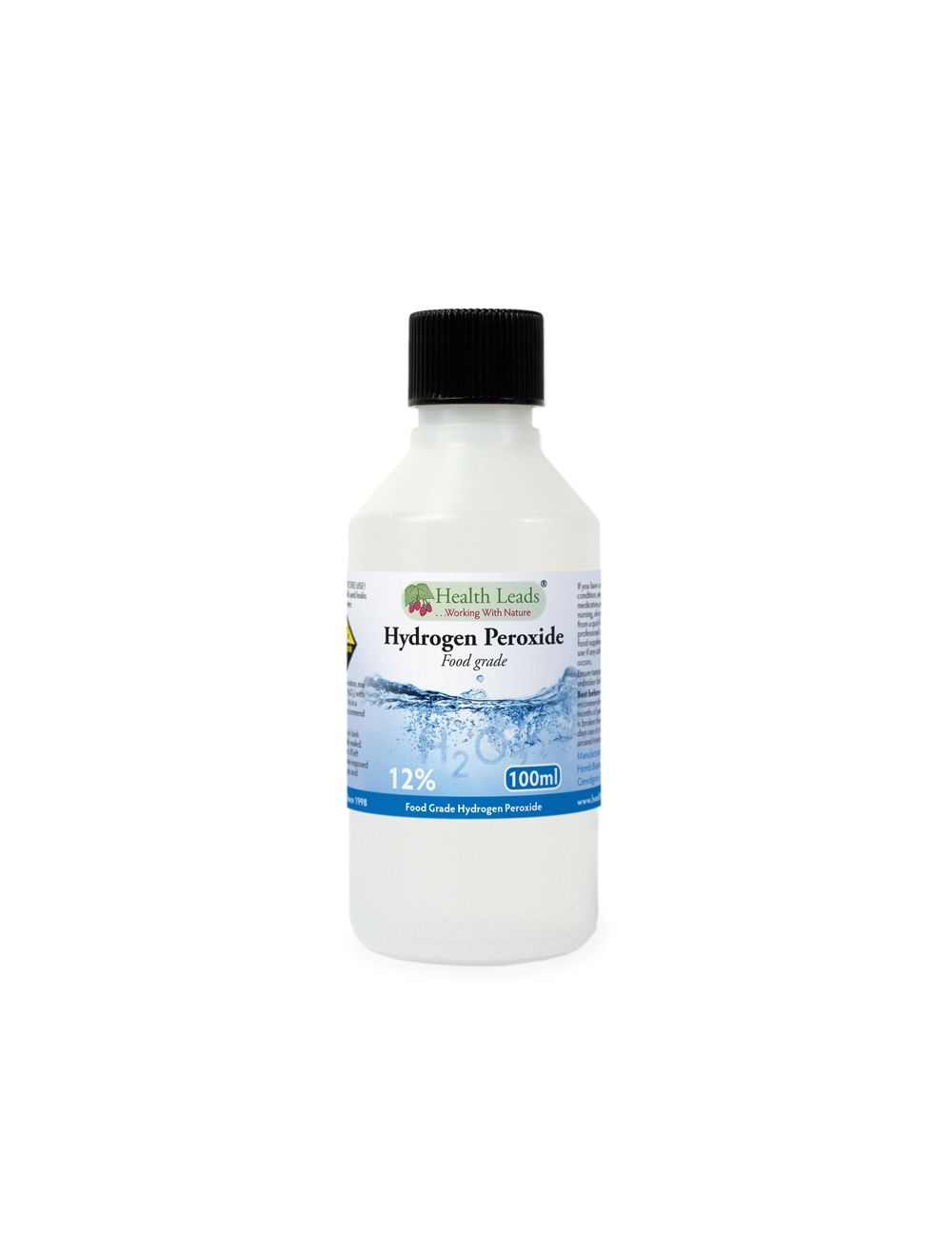What Is Therapeutic Pulpotomy? Pain Relief Guide

Therapeutic pulpotomy is a dental procedure that aims to alleviate pain and preserve the vitality of a tooth by removing the infected or damaged pulp from the crown of the tooth, while leaving the roots intact. This procedure is often performed on primary teeth, but it can also be done on permanent teeth in certain situations. The goal of therapeutic pulpotomy is to maintain the tooth’s natural function and prevent the need for more extensive dental work, such as root canal therapy or tooth extraction.
Understanding the Tooth’s Anatomy
To comprehend the concept of therapeutic pulpotomy, it’s essential to understand the anatomy of a tooth. A tooth consists of three main layers: the enamel, the dentin, and the pulp. The enamel is the outermost layer, providing a hard, protective barrier. The dentin is the layer beneath the enamel, making up the bulk of the tooth. The pulp, located in the center of the tooth, contains nerves, blood vessels, and connective tissue. The pulp plays a crucial role in the tooth’s development and sensitivity.
When is Therapeutic Pulpotomy Necessary?
Therapeutic pulpotomy is typically performed in situations where the pulp is damaged or infected, causing pain and discomfort. This can occur due to various reasons, such as:
- Deep tooth decay or caries
- Cracks or fractures in the tooth
- Trauma to the tooth
- Pulpal exposure during dental procedures
In such cases, the pulp may become inflamed or infected, leading to pain, sensitivity, and potentially, abscess formation. Therapeutic pulpotomy helps to remove the infected pulp, reducing pain and preventing further complications.
Procedure Overview
The therapeutic pulpotomy procedure involves several steps:
- Anesthesia: The dentist administers local anesthesia to numb the tooth and surrounding area, ensuring a pain-free experience.
- Access: The dentist creates an access point in the tooth to reach the pulp chamber.
- Pulp Removal: The infected or damaged pulp is removed from the crown of the tooth using specialized instruments.
- Disinfection: The pulp chamber is disinfected to prevent bacterial growth and promote healing.
- Medication: A medicament, such as calcium hydroxide or mineral trioxide aggregate (MTA), is placed in the pulp chamber to promote healing and reduce the risk of infection.
- Restoration: The tooth is restored with a filling or crown to protect it from further decay or damage.
Benefits and Risks
Therapeutic pulpotomy offers several benefits, including:
- Pain Relief: The procedure provides immediate pain relief by removing the infected pulp.
- Tooth Preservation: Therapeutic pulpotomy helps to preserve the tooth’s natural function and prevent the need for more extensive dental work.
- Minimally Invasive: The procedure is relatively non-invasive, reducing the risk of complications and promoting faster healing.
However, as with any dental procedure, there are risks and potential complications associated with therapeutic pulpotomy, such as:
- Infection: There is a risk of infection or abscess formation if the pulp chamber is not properly disinfected.
- Pulpal Necrosis: The remaining pulp tissue may become necrotic, leading to the need for further treatment.
- Tooth Fracture: The tooth may be more prone to fracture or cracking due to the removal of the pulp.
Aftercare and Follow-Up
After therapeutic pulpotomy, it’s essential to follow the dentist’s instructions for aftercare and follow-up. This may include:
- Pain Management: Managing pain and discomfort with over-the-counter pain medication.
- Dietary Restrictions: Avoiding certain foods or drinks that may exacerbate sensitivity or discomfort.
- Follow-Up Appointments: Scheduling follow-up appointments to monitor the tooth’s healing progress and address any potential complications.
Conclusion
Therapeutic pulpotomy is a valuable dental procedure that provides pain relief and preserves the vitality of a tooth. By understanding the procedure, its benefits, and potential risks, individuals can make informed decisions about their dental care. Regular dental check-ups and proper oral hygiene practices can help prevent the need for therapeutic pulpotomy and maintain optimal oral health.
FAQ Section
What is the difference between therapeutic pulpotomy and root canal therapy?
+Therapeutic pulpotomy involves removing the infected pulp from the crown of the tooth, while leaving the roots intact. Root canal therapy, on the other hand, involves removing the entire pulp, including the roots, and filling the canal with a filling material.
Is therapeutic pulpotomy a painful procedure?
+Therapeutic pulpotomy is typically performed under local anesthesia, ensuring a pain-free experience. However, some individuals may experience mild discomfort or sensitivity after the procedure.
How long does the therapeutic pulpotomy procedure take?
+The length of the procedure can vary depending on the complexity of the case and the individual’s dental needs. On average, therapeutic pulpotomy can take anywhere from 30 minutes to several hours.

